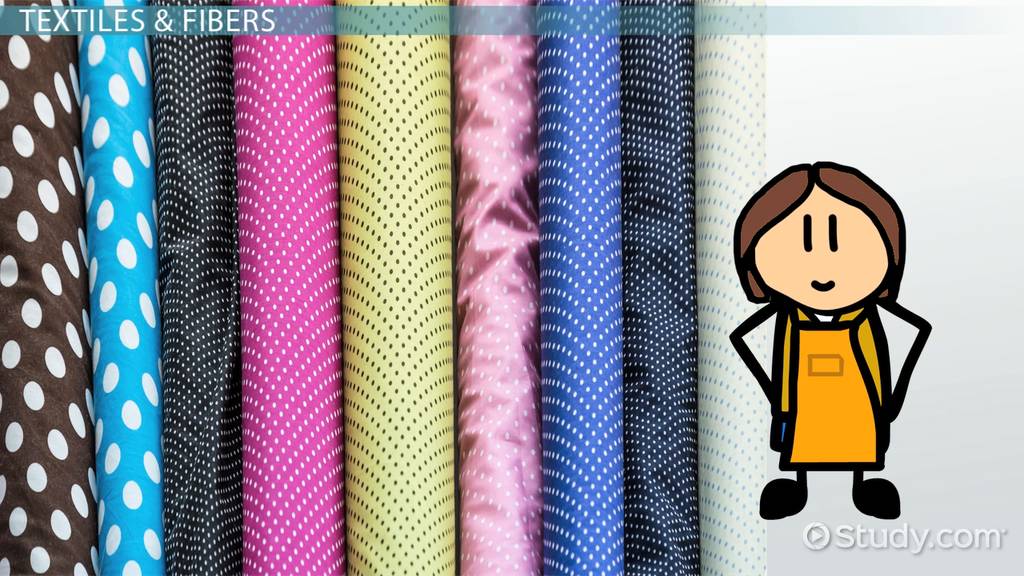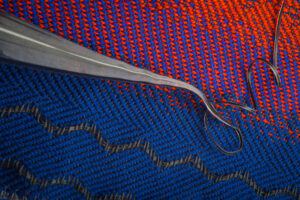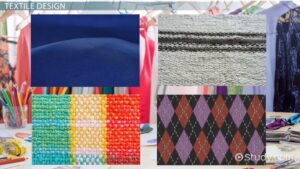
Clothing is not just about style; it’s also about the science behind the fabrics that make up our wardrobes. The choice of material can significantly impact comfort, durability, and even the environmental footprint of a garment.
- Natural Fibers: Natural fibers like cotton, linen, and wool have been wardrobe staples for centuries. Each has unique properties – cotton is breathable, linen is lightweight, and wool provides insulation. Understanding the characteristics of these fibers helps consumers make informed choices based on their preferences and needs.
- Synthetic Fabrics and Performance Wear: With advancements in textile technology, synthetic fabrics such as polyester, nylon, and spandex have become prevalent. These materials are often used in performance wear due to their moisture-wicking, stretch, and durability properties. The science behind these fabrics involves engineering them to meet specific functional requirements.
- Innovative Sustainable Materials: The fashion industry is actively exploring sustainable alternatives to traditional fabrics. Innovations include fabrics made from recycled materials, such as plastic bottles or discarded textiles, as well as bioengineered materials like mushroom leather and pineapple fiber. These sustainable materials aim to reduce the environmental impact of clothing production.

- Understanding Weaves and Textures: The way fabric is woven or knitted affects its texture and appearance. Different weaves, such as twill or satin, create distinct patterns and surface characteristics. Understanding these weaving techniques allows consumers to appreciate the craftsmanship behind their garments and make informed choices based on personal preferences.
- Prints and Dyes: The art of fabric design involves the use of various printing and dyeing techniques. From tie-dye to digital printing, the world of fabrics is a canvas for creative expression. Consumers can delve into the science of colorfastness, sustainability of dyeing processes, and the impact of different printing methods on the overall quality of the garment.
In conclusion, the world of fashion is a blend of creativity and science. Emerging trends showcase the industry’s adaptability and responsiveness to societal changes, while understanding the science of fabrics empowers consumers to make conscious choices about the clothing they wear.

